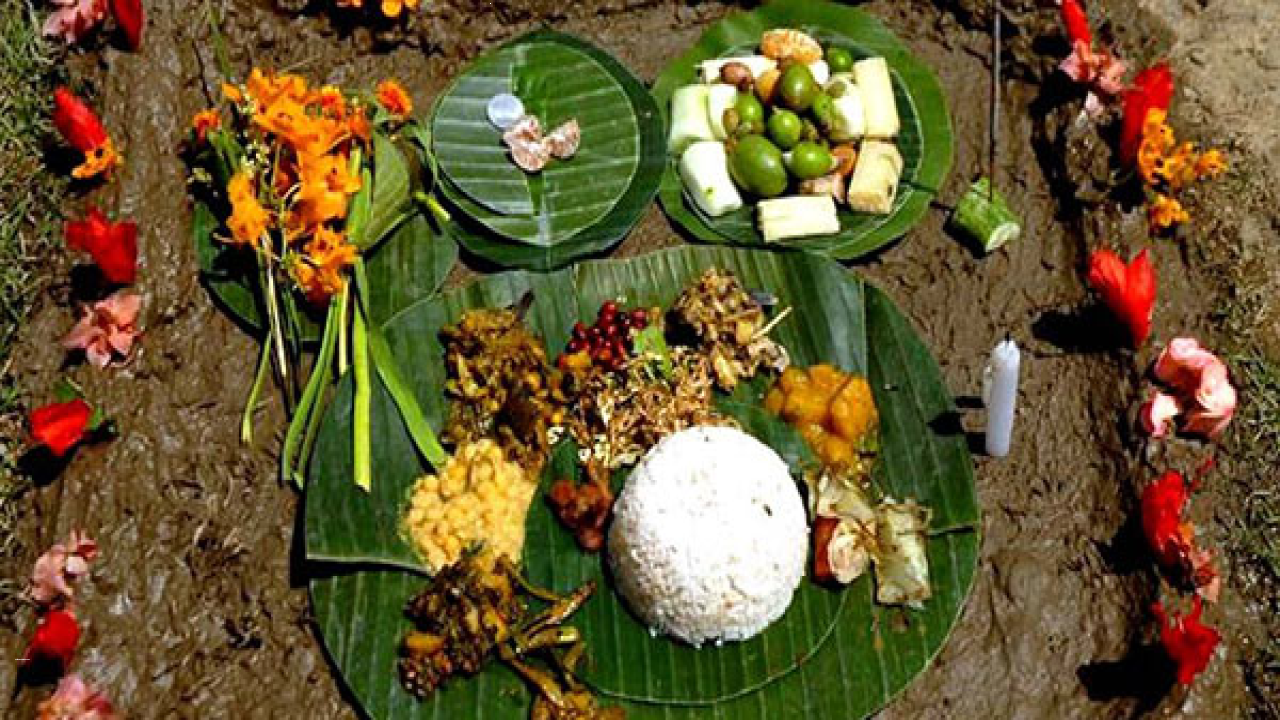Sajibu Nongma Panba
Sajibu Nongma Panba is a lunar new year celebrated by the followers of Sanamahism in Manipur. This year, it falls on March 22. In this article, we will discuss the origin and observance of this auspicious festival.
The Origin of Sajibu Nongma Panba
According to the followers of Sanamahism, Sajibu Nongma Panba started during the reign of King Maliya Fambalcha (1359 BC-1329 BC), also known as Koi-Koi. King Koi-Koi ascended the throne at the age of 25 and introduced the dating of Meitei calendar, known as Mari-Fam. The festival is also known as Meetei Cheiraoba or Sajibu Cheiraoba. It is celebrated on the first day of the month of Sajibu, which usually falls during the month of April according to the Meitei lunar calendar.
Observance of the Festival
The Meitei people celebrate the festival with great enthusiasm and rituals. The day starts with the ritual offerings of fruits, vegetables, rice, and other uncooked food items to the Meitei deity Lainingthou Sanamahi during the early morning. After getting blessings from Lainingthou Sanamahi, odd numbers of dishes are prepared using the offerings. Traditionally, the males of the house make the dishes, with the females helping in chopping and washing the ingredients.
The prepared dishes are offered at two different traditional locations around the house. These locations are specially cleansed and sanctified before the offering. The eldest son of the house makes the offering to three deities – Kumsana Kumliklai (Lord of the golden year), Lamsenba Tusenba (Guardian of the Land), and Lammaba Tumaba (Lord of the land) at this sanctified area. The offering includes an odd number of dishes surrounding a small mound of steamed rice, a token currency, fruits, flowers, a candle, and an incense stick, all of them placed upon a plantain leaf. This ritual is performed in the late morning.
After this ritual, the dishes prepared for the feast are exchanged with relatives or neighbours, and this custom is called “Mathel Laanba,” after which the feast begins. It is believed that anything that happens on the day of the new year will happen for the rest of the year.
Hillock Climbing: Ching Kāba
After the feast, it is tradition that family members climb a small hillock specially prepared by the community near the locality to pay homage to the hill deity, signifying the elevation of the spirit to reach the divine. The “Chin-nga” at Singjamei and “Cheirao Ching” at Chingmeirong are such hillocks that are specially prepared for these hillock climbing rituals.
Month: Current Affairs - March, 2023
Category: Art & Culture Current Affairs


